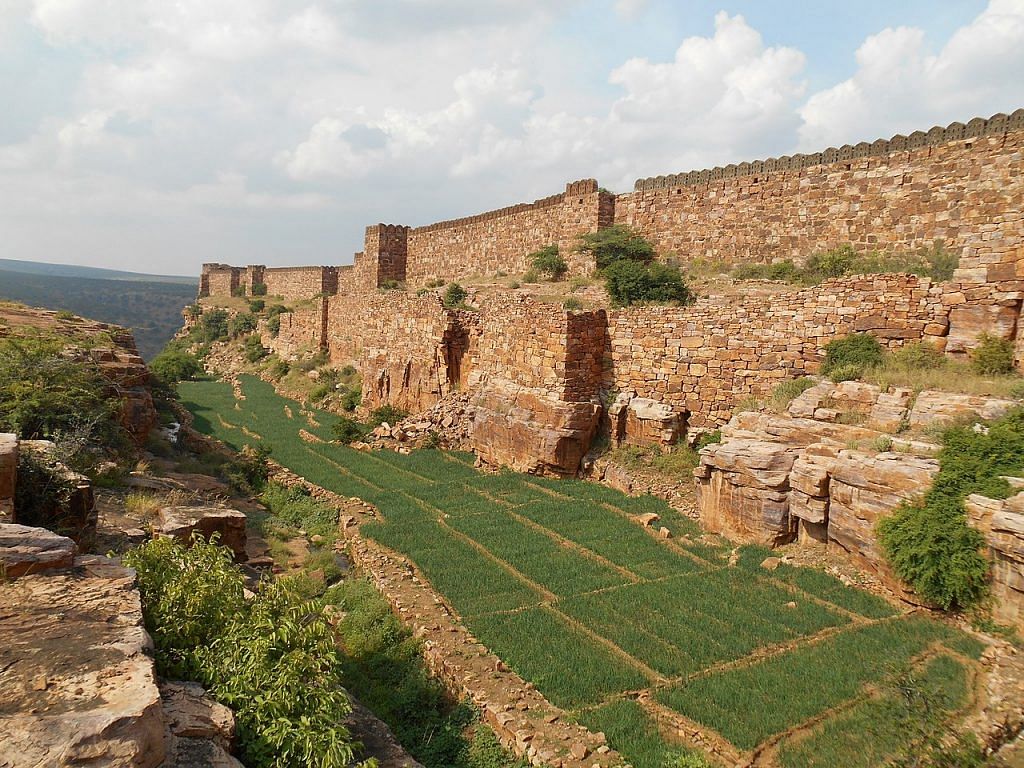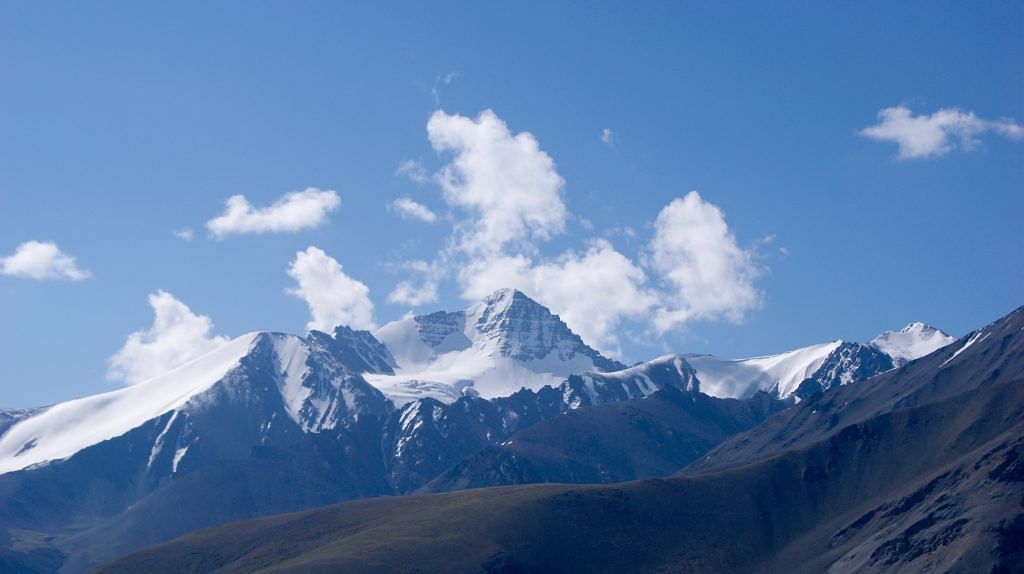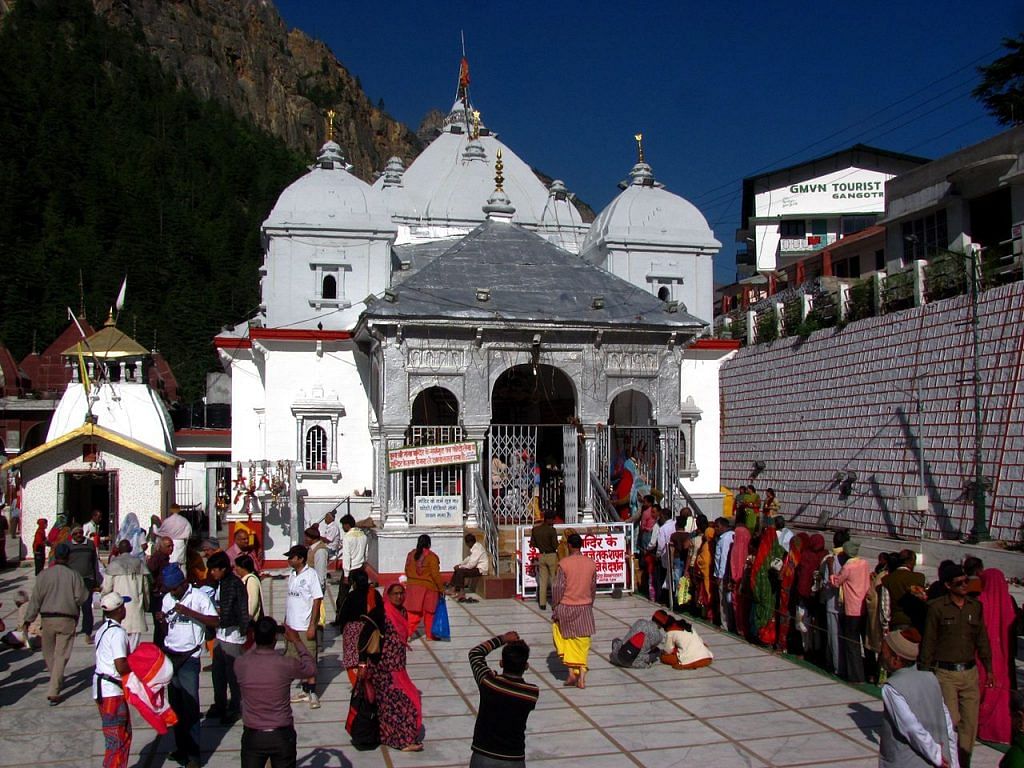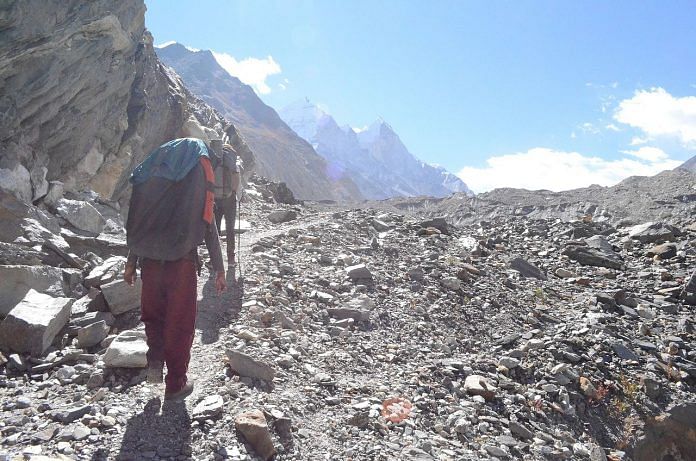The Red Fort is one of four sites where the initiative is already under way. If the initiative works out, these four will lead the way for India to become a country that respects its heritage.
New Delhi: At several historical sites in India, worn-out engravings are the only source tourists can rely on for their story. Every so often, trips of historical significance end without tourists getting a clear picture about the back story of a monument or related artefacts.
There are few souvenirs – no t-shirts with witty taglines to drum up some publicity, or knick-knacks to share a trip’s excitement with friends. And the only option for rest on a sunny summer day is… exiting the complex altogether.
In short, India has not treated its historical heritage well, and done little to make them more attractive to tourists.
Efforts have been under way to provide easy access to the disabled at the sites, most of which remain out of reach for the physically challenged. One of the major ideas behind the government’s ‘Adopt a Heritage’ programme is exactly that – to make India’s historical heritage more disabled-friendly. And cleaner. And easier places overall to visit, while also maintaining their authentic charm.
The Red Fort is one of four sites where the initiative is already under way. If the initiative works out, these four will lead the way for India to become a country that cares about its heritage.
These include the Gandikota Fort at Andhra Pradesh, which, like the Red Fort, has also been adopted by the Dalmia Bharat Group; the Mt Stok Kangri trek route in Ladakh, and the Gangotri temple area and trail to Gaumukh, Uttarakhand. The latter two have both been adopted by the Adventure Tour Operators Association of India (ATAOI).
The Adventure Tour Operators Association of India (ATOAI) is a body that works to promote adventure tourism in India, a sector that has been drawing more and more followers across the country and across age spans.
A “strong body of over 500 adventure travel professionals”, it adopted the Mt Stok Kangri trek route and the Gangotri temple in January 2018.
The Gandikota Fort
A small village situated on the banks of the river Pennar, Gandikota was once one of the most prominent fort cities in the country.

It was ruled by the powerful Pemmasani dynasty for nearly 282 years after they wrested the reins from the Mikkilineni dynasty, the original rulers of Gandikota, in the 13th century.
Gandikota is often regarded as the Hidden Grand Canyon of India due to a spectacular gorge formed by the Pennar cutting through Erramala hills. The fort sits on top of this gorge.
It was built in the 13th century and contains intricate carvings on its walls, perennial springs and an 8-km wall guarding the fort.
An excellent example of unity in diversity, the fort houses two ancient temples and a mosque. However, in ruins, none of the sites is currently functional.
Mt. Stok Kangri Trek
Tucked away in the vast Himalayas, the Stok Kangri trek has become a popular tourist destination.

It is the highest mountain in Ladakh’s Stok Range, and often used as a ‘starter peak’ by mountaineering enthusiasts due to its “non-technical” nature. However, many mountaineers warn against taking the trek lightly due to the high altitude, which has, at times, proved fatal.
Gangotri Temple
Built by the 18th century Nepalese General Amar Singh Thapa, the Gangotri Temple is part of the ‘Chhota Char Dham Yatra’, a Hindu pilgrimage.

It is believed that the site of the temple is where Goddess Ganga descended from the locks of Lord Shiva, and is now considered the Goddess’ abode.
Closed every winter for six months, the temple is situated on the banks of the river Bhagirathi at a height of 3,048 metres above sea level. It reopened to devotees for this year on 18 April.
The site is visited by lakhs of pilgrims from across the country and abroad every year, with a heavy police presence at the site to ensure the safety of pilgrims.
The famous trek to Gomukh (mouth of the Ganga) trek begins a short distance from the temple, and is a tourist favourite.



